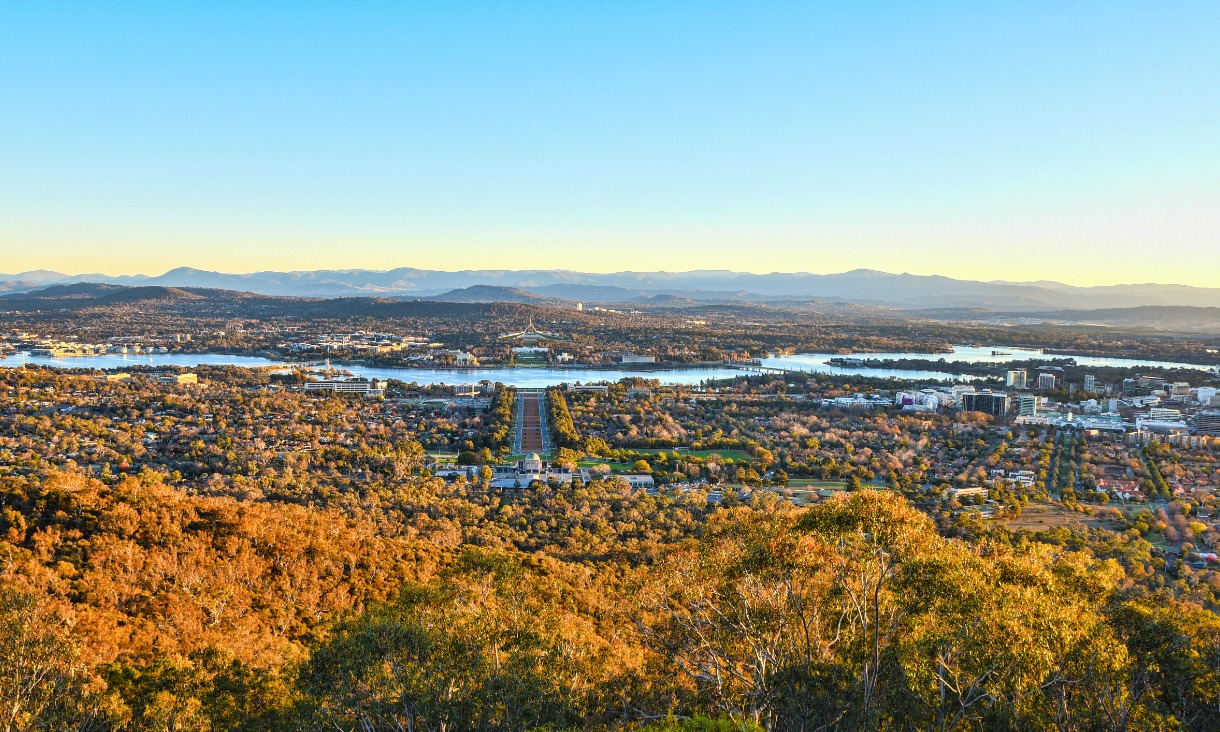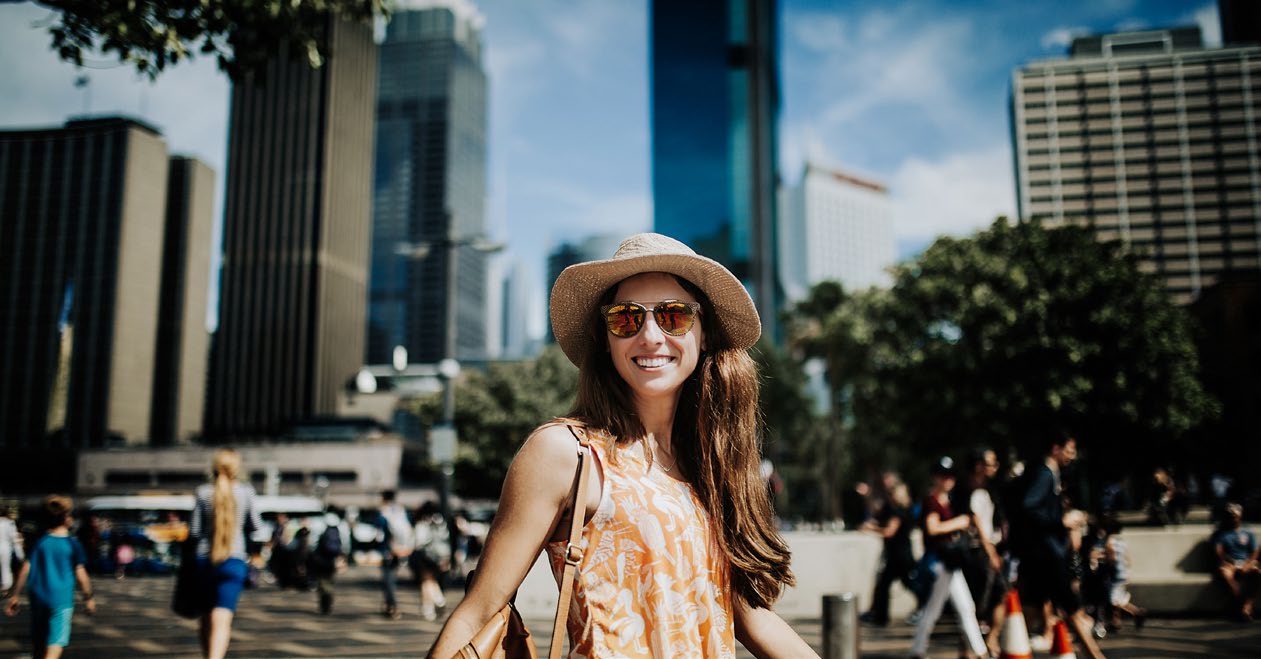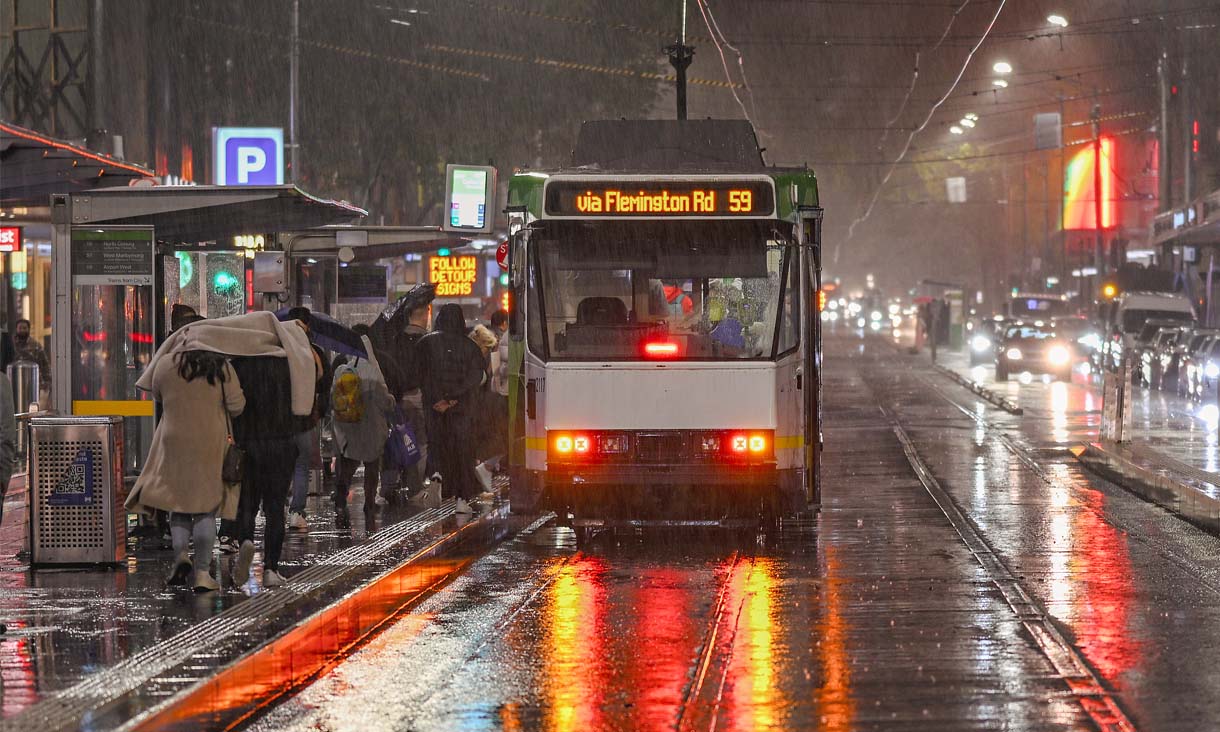Melbourne public transport services sit idle while apartment numbers boom
New research shows the number of apartments in Melbourne has almost doubled in the past two decades, while public transport services have barely increased at all.
Urban futures expert joins RMIT Europe
Professor Wendy Steele, a leading expert in sustainability and urban policy, has joined RMIT’s European Innovation Hub.
Global learning award winners: Online courses for sustainable, inclusive and beautiful cities
Short online courses by RMIT Europe, the European Institute of Innovation and Technology (EIT) Community, EIT Urban Mobility and the New European Bauhaus (NEB) have been named winners in the 2023 LearnX Awards.
Public art bringing life to Madame Brussels Lane
RMIT student Yidan ‘Dyann’ Fang has created a unique public artwork, The Arch of Spring, on display in Madame Brussels Lane in Melbourne’s CBD.










